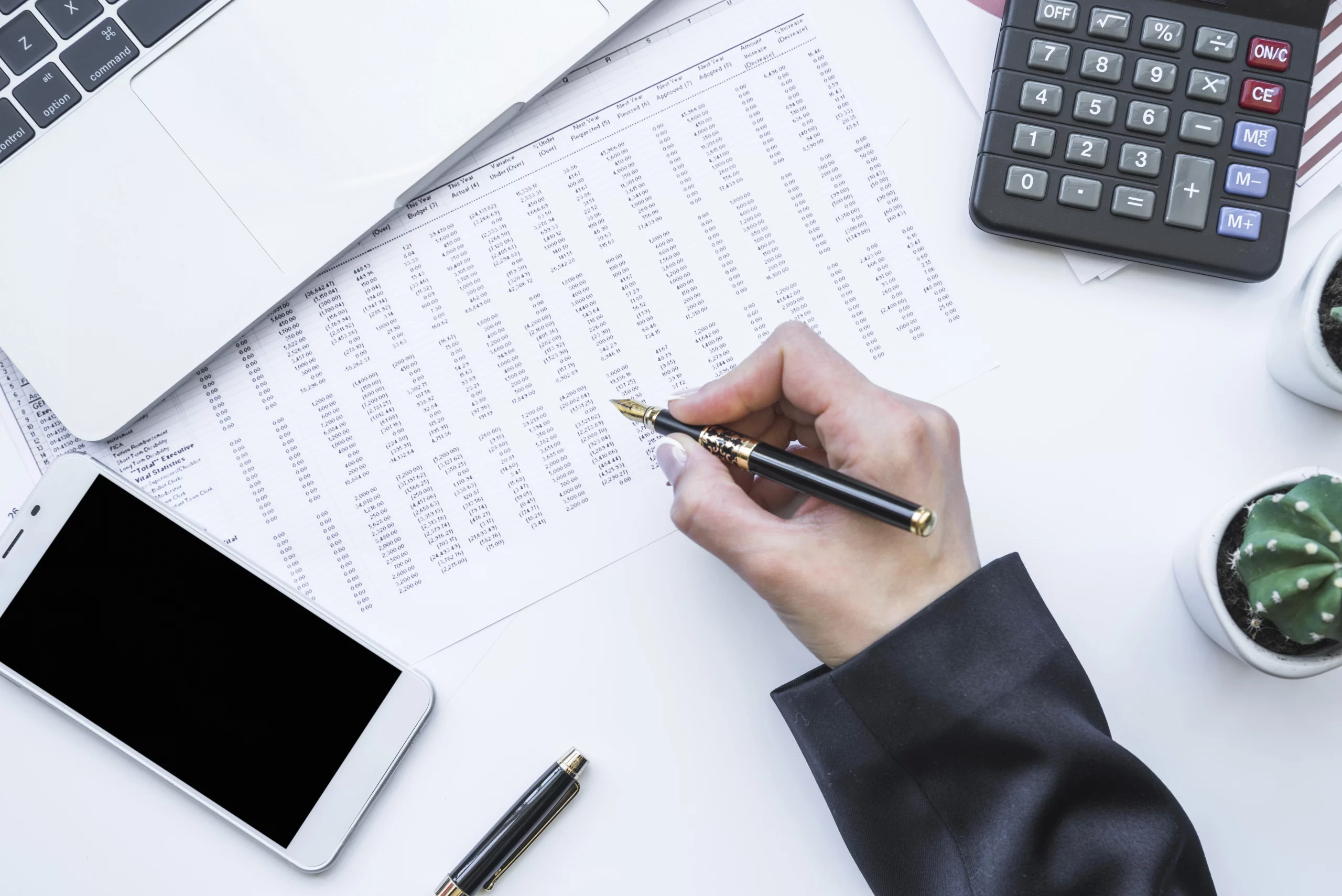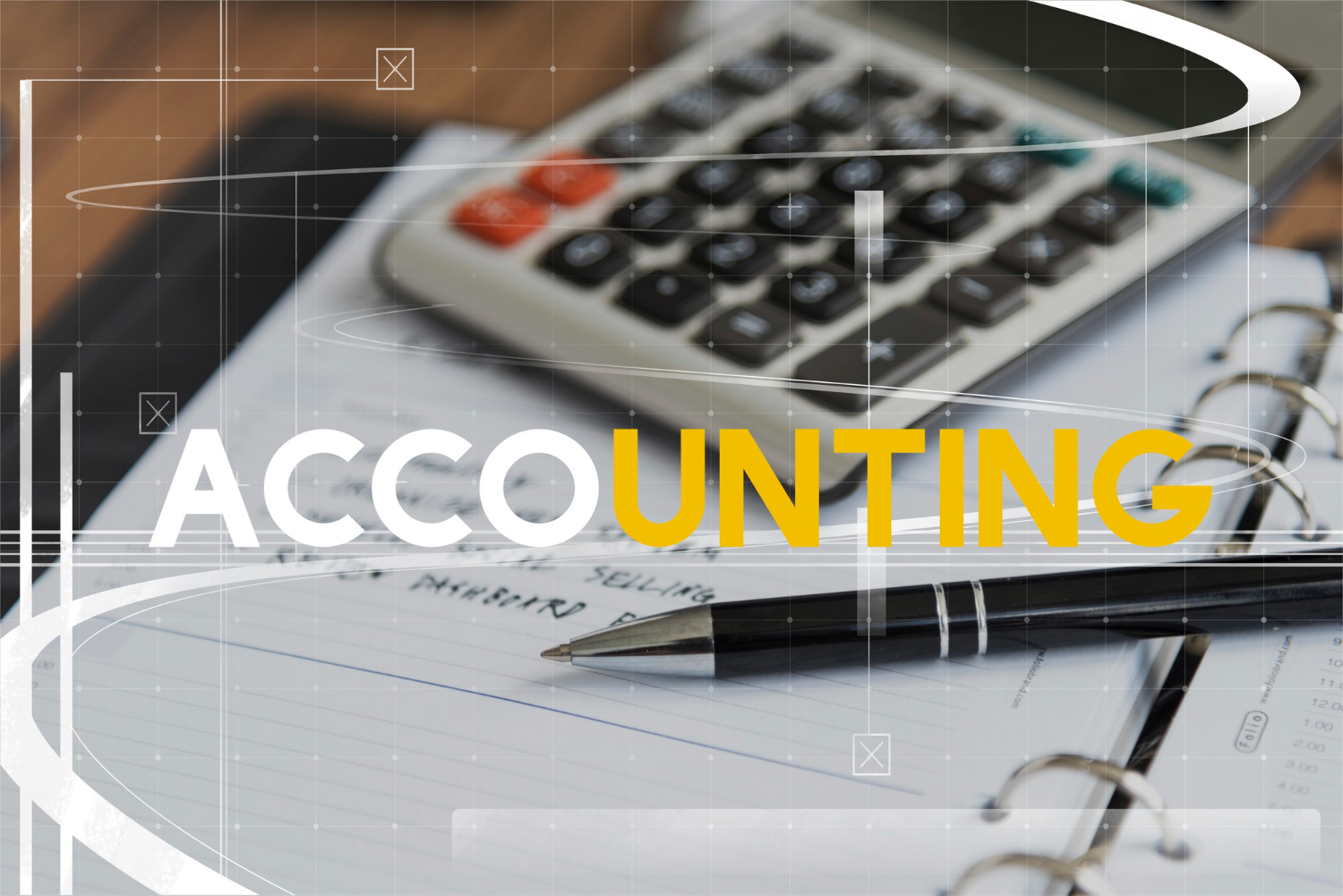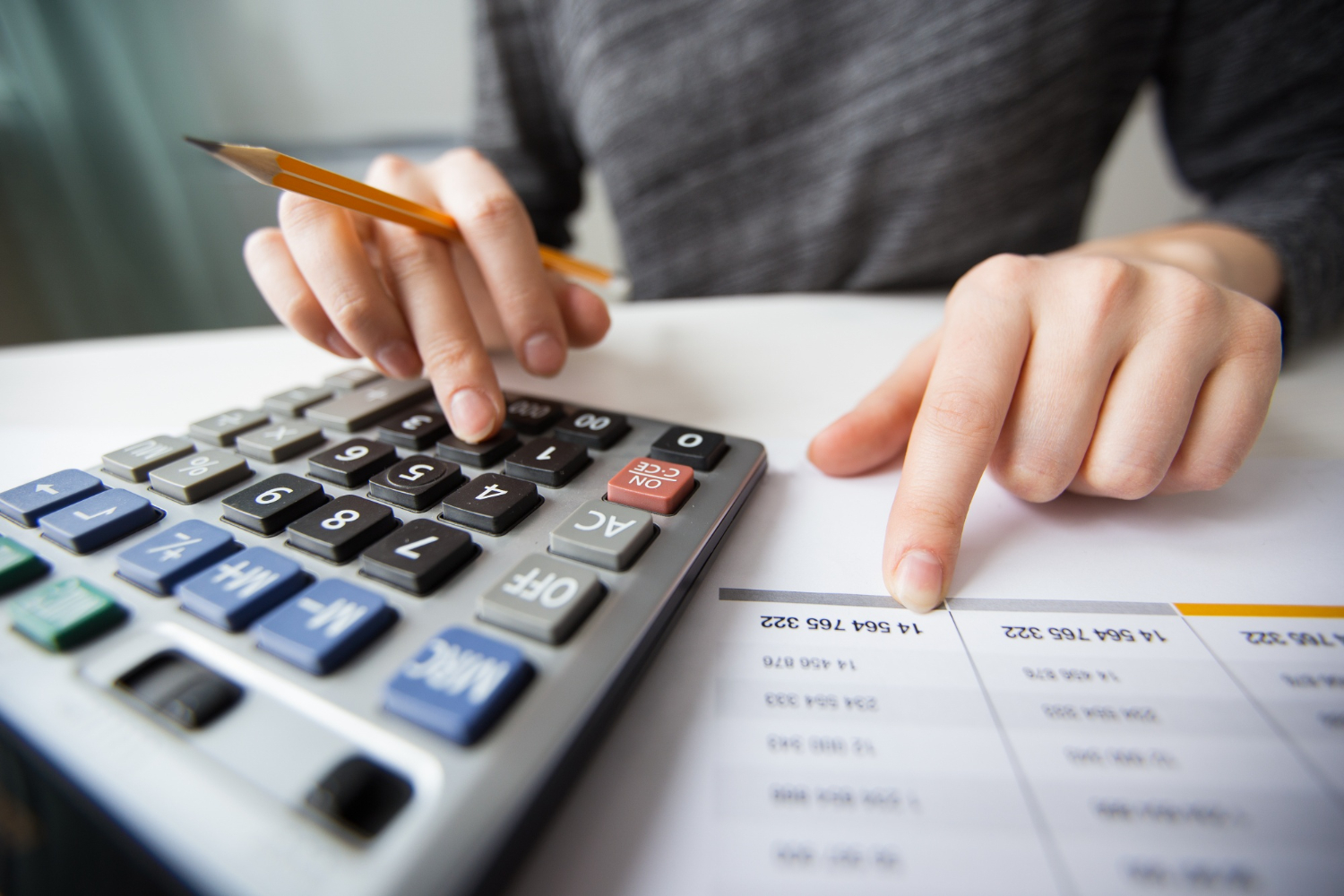
A general ledger (GL) is an important accounting record that is kept centrally and holds all of the company’s financial transactions. The purchases, sales, expenses, revenue, and other cash flows are all mentioned in the general ledger of a firm, which serves as a detailed and well-organized accounting of the finances. Are you worried about how accounting works in business? Are you unaware of how to prepare a general ledger? Don’t worry! You can find the best general ledger accounting and large or small business bookkeeping services in Dubai and the UAE for your smooth business journey.
Businesses usually mention their account numbers in different accounts, each of which stands for a different type of financial transaction. These accounts consist of revenue, expenses, owner’s equity, and assets and liabilities. The firm’s chart of accounts has indexes for each of these accounts.
Journal entries are used to update each of these accounts. A financial transaction’s date, description, amount, and affected accounts are all recorded in a journal entry. Following a journal entry, the corresponding accounts in the general ledger are recorded or updated with the financial data. This can be automatically updated by modern accounting software, including small business bookkeeping services and accounting software, which also produces financial statements that track each transaction within a general ledger and update account balances. Assets, liabilities, equity, revenue, and expenses are the major elements of general ledger accounts.
Double Entry Bookkeeping and General Ledgers
The basic accounting method of double-entry bookkeeping is based on the balance sheet equation, which is as follows: liabilities + equity = assets. The double-entry accounting method makes sure that the accounting equation is always in balance by recording each transaction as two equal and opposite entries, one as a credit and one as a debit. In order to ensure that credits and debits are balanced out, bookkeepers keep an eye on accounting data.
How Does a General Ledger Use Double-Entry Bookkeeping?
Double-entry bookkeeping, which balances debits and credits across matching accounts, is the foundation of a general ledger. For instance, to reflect the money owed or spent to pay for the inventory, a debit to accounts payable (a liability account) or cash (another asset account) might be made to balance a credit in one asset account, let’s say inventory.
A trial balance is a statement that shows the balances of all the accounts in the general ledger at a certain moment in time, usually at the conclusion of an annual or quarterly accounting cycle. These debits and credits go toward creating the trial balance. The overall trial balance is affected by every financial transaction. An accountant can correct inaccuracies detected during an audit (such as a missing entry in a cash account) and generate an adjusted trial balance.
The Workings of a General Ledger
The transactions made using the double-entry bookkeeping system impact two accounts and are fully documented in the general ledger. The two accounts are credited, and one is debited. The total debit amount must always equal the total credit amount; the main principle of modern accounting is ensured by this method. Accounting uses debits and credits as its language. They shape the ledger’s financial equilibrium by representing the left and right sides of a transaction.
Assets = Liabilities + Shareholder’s Equity
The double-entry system’s main accounting formula, which ensures that total assets always equal the sum of equity and liabilities, is its foundation. A general ledger may seem quite straightforward, but in large, complicated organisations or those with several subsidiaries, it can become rather huge and need hours or even days to audit or balance. Discrepancies point to irregularities that need to be corrected. The self-balancing mechanism of the double-entry system is what makes it so brilliant; it operates as an internal check and balance system to reduce errors and preserve the integrity of financial data.
Why Are General Ledgers Used by Businesses?
General ledgers are used by companies as a central hub for arranging and recording all of their financial transactions. Transaction information linking to all of a firm’s assets, costs, liabilities, and other details is kept in the general ledger. A general ledger’s major duties include:
- Record-Keeping and Organization
- Real-time Financial Position Data
- Putting Together Significant Financial Statements
- Requirements for Tax Preparation and Reporting
- Financial Planning and Budgeting
- Auditing
The general ledger serves as a central repository for the systematic and ordered recording of various types of transactions, including sales, purchases, payments, receipts, investments, loans, and more. This makes it simple to track, retrieve, and refer to financial data. Every transaction is recorded as a debit or credit to the relevant account.
An accurate picture of a firm’s cash position is given by the general ledger, which also demonstrates the balances of numerous accounts, including those for assets, liabilities, equity, revenue, and expenses. Firm stakeholders make decisions about financial planning easier using this real-time accounting data.
Financial statements like cash flow statements, income statements, and balance sheets are created by accountants using general ledgers. These data, which can be given to potential employees and investors as well, include details about the liquidity, solvency, profitability, and financial performance of a business.
GAAP, or generally accepted accounting principles, is a set of rules that all publicly traded firms are required to abide by, and the general ledger makes sure that they do. Businesses can fulfill their regulatory or legal reporting needs by keeping thorough account balance records and precisely documenting every business transaction. They can also produce records, such as an income statement, to support accountants filing taxes on the firm’s behalf.
The general ledger is crucial to financial functions like strategic planning and budgeting. Firms can estimate financial performance, check trends, and create budgets for a range of operations using historical data from the ledger. Find out the best general ledger accounting and large or small business bookkeeping services in Dubai and the UAE for a smooth business journey.
Financial auditors can benefit from using a general ledger. When auditing specific transactions and validating the correctness of income statements and other financial data, it acts as the core hub of an accounting system. General ledgers are used by auditors to find accounting errors and uncover financial malpractice.













